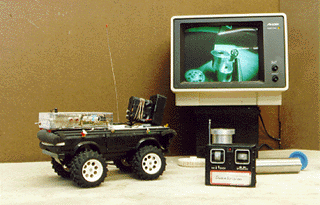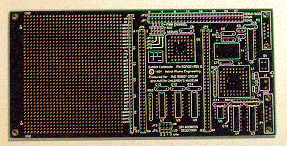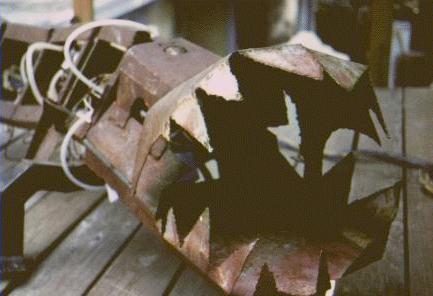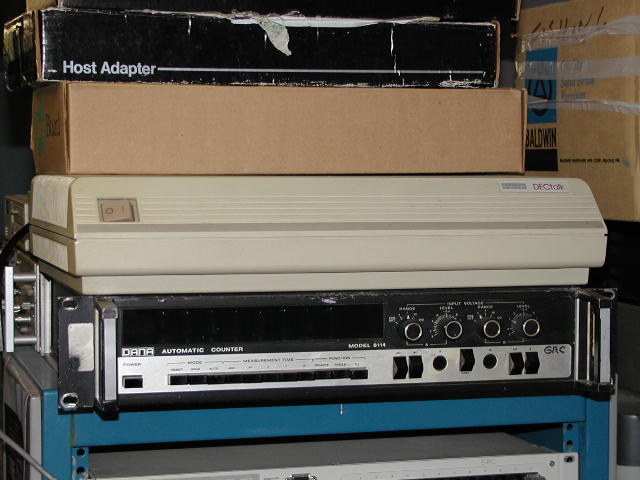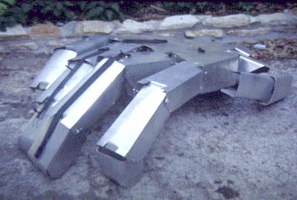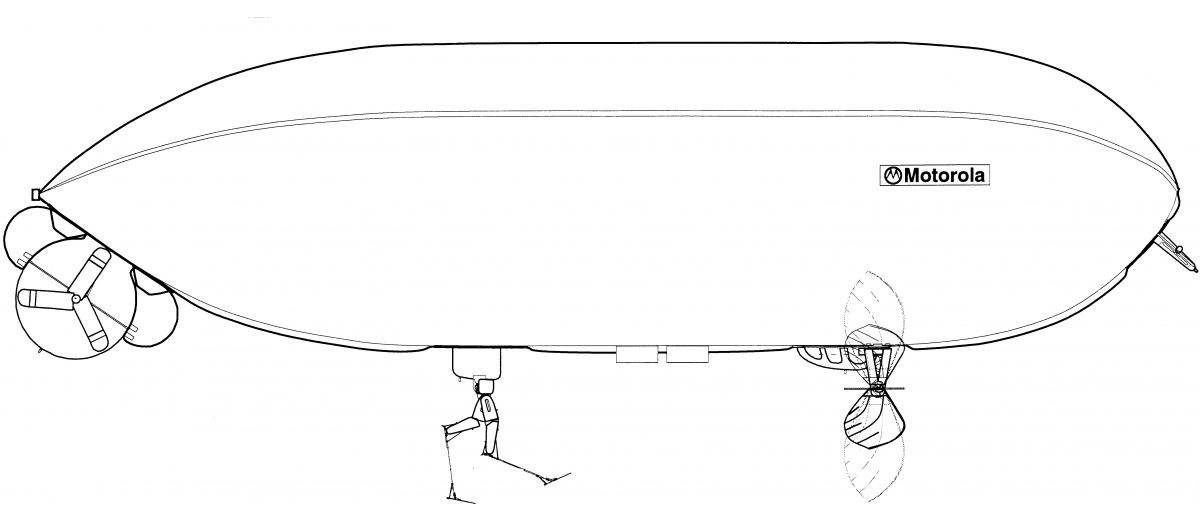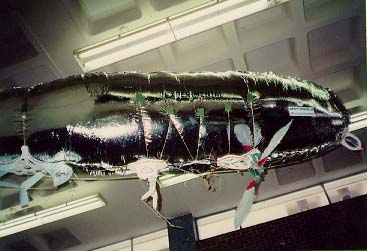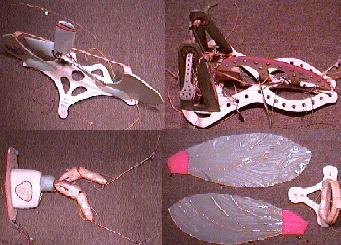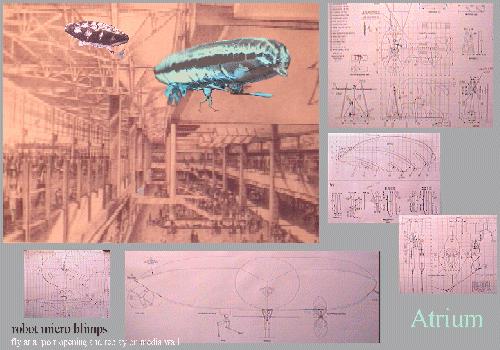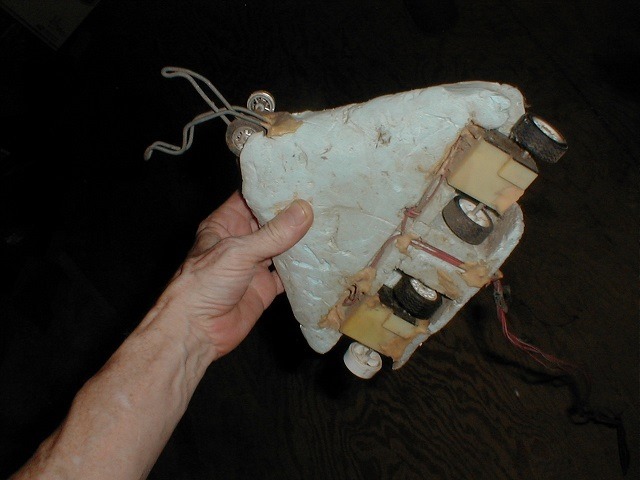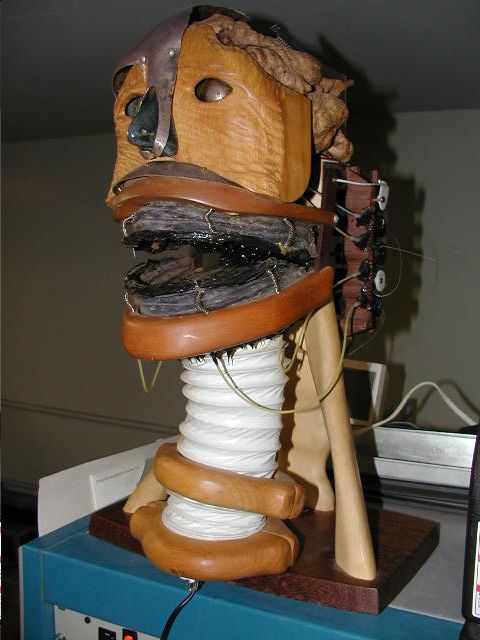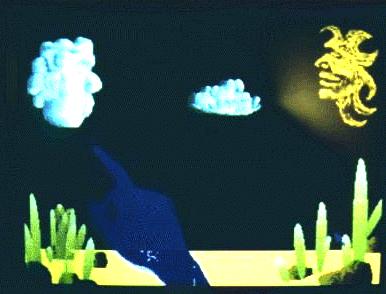Dweebvision, a low cost video telepresence rover, is one of Glenn Currie‘s creations. A durable as it is simple, Dweebvision has survived operation by hundreds of kids over five RoboFests and many school events.
The Dweebvision vehicle is a radio controlled toy car, equipped with Pixelvision video camera and transmitter.
The chassis is made out of an “after Christmas” special 4-wheel drive truck from Radio Shack. The remote control for steering the base is on ~27 MHz. and offers no interference for the 900 MHz. audio-video transmitter. The unit runs for about 4 1/2 hours on one set of alkaline batteries. I added a xenon strobe to Dweeb for safety because all kids want to do with it is drive up behind someone and have them trip over the robot.
The person at the control station sees and hears the world in Dweebvision, and can control the car as it navigates its surroundings by viewing a monitor. Many of the children visiting RoboFest watched in amazement as no one seemed to be controlling the RC car. The navigator can sit out-of-sight from the vehicle and have a little fun teasing the kids.
“I built the group’s first telepresence bot called Dweebvision. It has (yes, it is still working) a Fisher Price Pixelvison camera attached to a 900MHz. audio / video transmitter. Dweeb sends back live video and sound. The automatic audio gain control in the Pixelvison camera works perfectly – reducing the audio while the unit is driving around and the noisy plastic gear motors are on and increases the microphone sensitivity when the motor noise stops.”
Glenn Currie
Dweebvision was built, overnight, before Robofest III, after collecting all the parts over the period of a few months. It gets updated, at times, with a night vision camera and has been used to scout out problems under an ice rink and look for pets under houses. Dweeb is a telepresence device and is run by a remote operator. It has no on-board microprocessor or brain. When I was in school we called a person with no apparent brain and a head filled only with that which was put there by others, a “Dweeb”.
“Dweeb has been used in countless demonstrations over the years. I found attaching the camera and video transmitter with rubber bands and Velcro was the way to go. Anything less flexible was trashed in no time. With rubber bands and Velcro I simply pick up the “big chunks” of the robot after it has been stepped on and mash them back into place. Most schools have walls of enameled brick and Dweeb gives a great demo when driven between desk legs in nearby classrooms. Dweeb is small and travels in a cardboard file box to school demos.”
Glenn Currie
Dweebvision was the first of the telepresence robots created by Robot Group members. The Mobile Platform followed soon afterwards.
